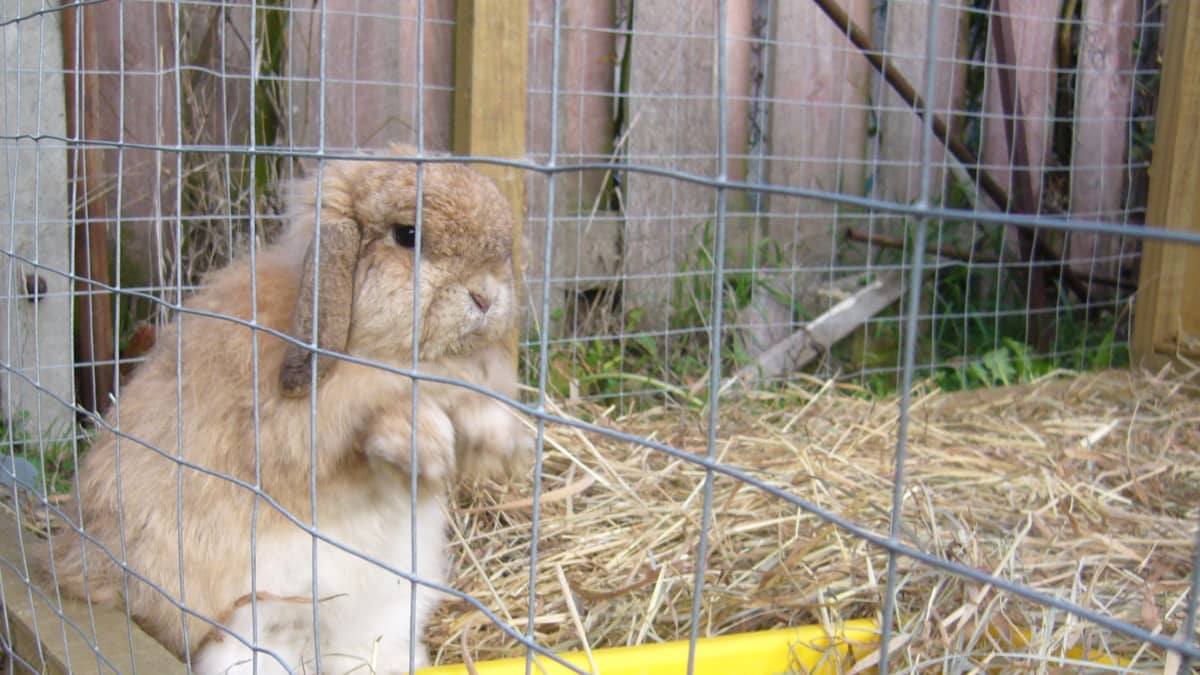Are you looking for a way to keep your pet rabbit safe and secure in your garden or yard? A pet rabbit fence is the perfect solution! Pet rabbit fences are designed to keep your pet rabbit confined to a specific area, while also allowing them to roam freely and enjoy the outdoors. In this article, we will cover everything you need to know about pet rabbit fences, including materials, installation, and maintenance. We’ll also discuss the importance of having a pet rabbit fence and how it can benefit your pet rabbit’s health and happiness.
Types of Pet Rabbit Fences
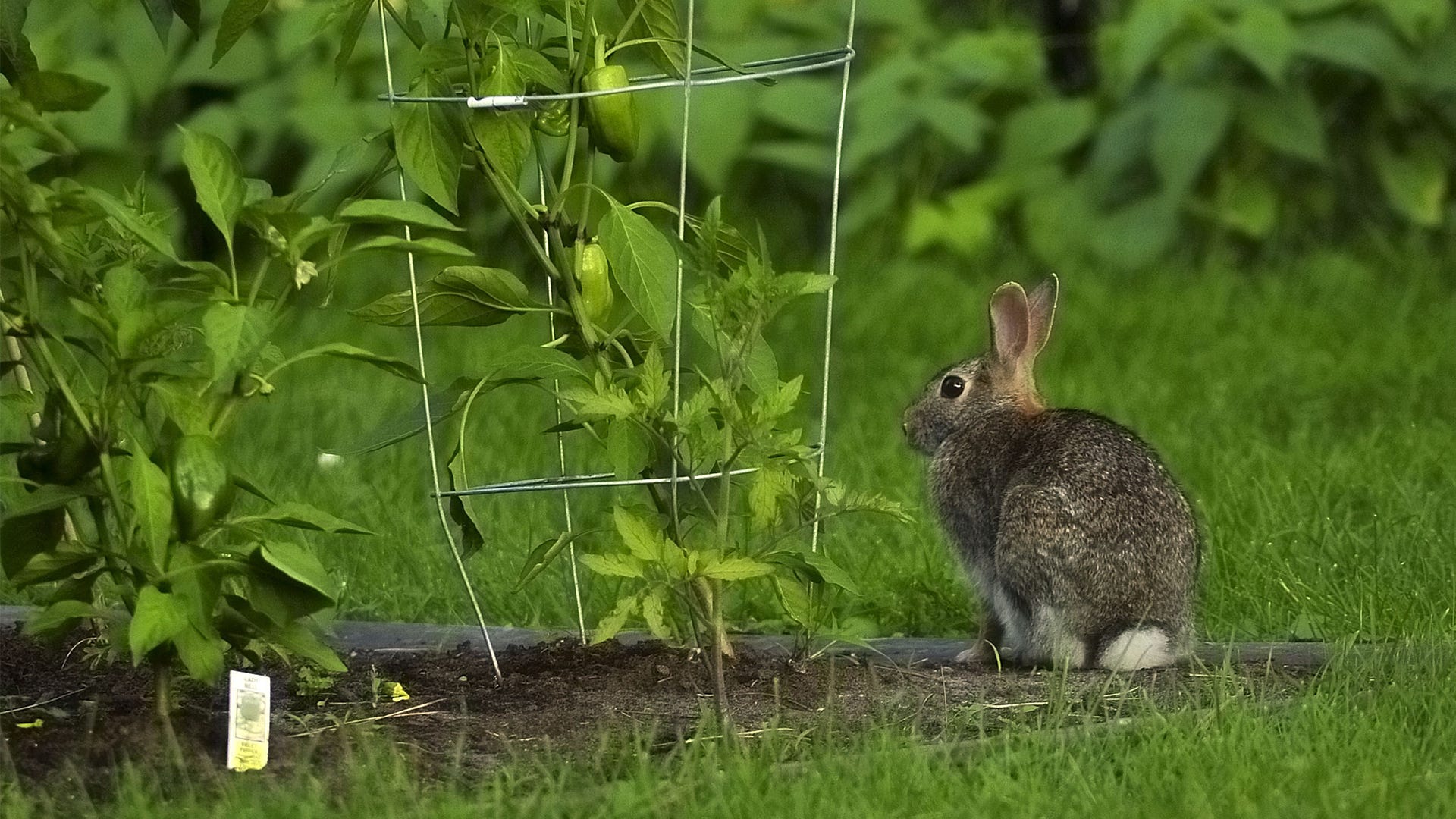
Indoor Bunny Fencing
An indoor bunny fence is an effective way to keep your pet rabbit safe and secure. These fences are typically made of plastic or metal mesh, and are easy to install. They come in various heights and sizes, so it’s important to measure your rabbit’s area before purchasing. Indoor bunny fences are also great for keeping rabbits away from furniture, plants, and other items.
Outdoor Rabbit Fencing
Outdoor rabbit fencing is designed to keep rabbits from leaving your yard and entering the neighbor’s property. These fences are usually made of wood, metal, or plastic and are available in various heights. Make sure to install the fence securely and use a gate latch to prevent rabbits from escaping. It’s also important to check the fence regularly for any signs of damage.
Benefits of Fencing for Rabbits
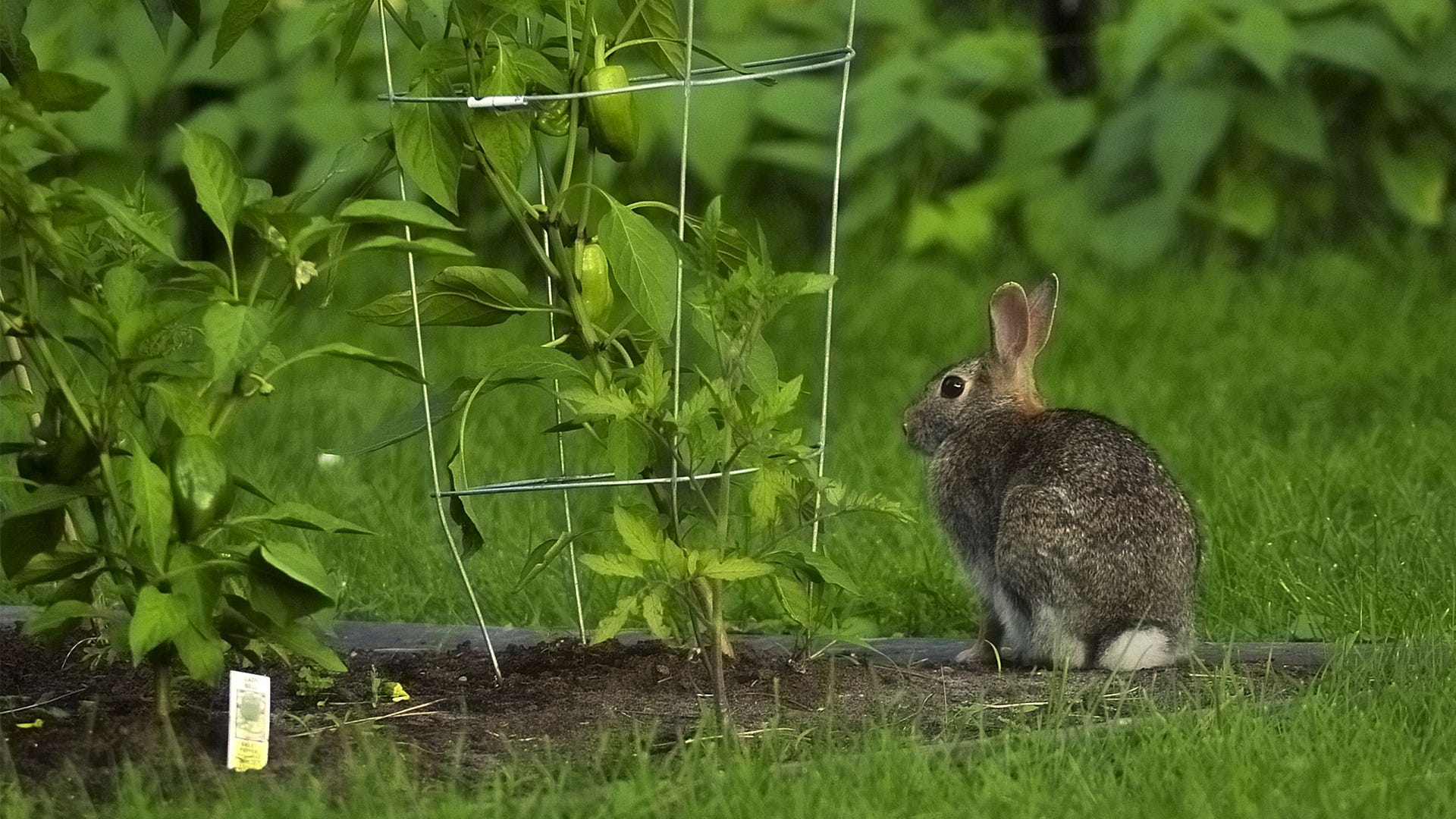
- Protection from predators: Fencing can provide your rabbit with a safe and secure enclosure, preventing predators, such as foxes and cats, from getting access to them.
- Keeps rabbits in one area: A rabbit-proof fence can help keep your pet rabbit in one area, so you don’t have to worry about them running off or getting lost.
- Reduces stress: Fencing can also help to reduce stress levels in rabbits, as they are kept in a secure, enclosed area surrounded by familiar smells and sounds.
- Improves health: Fencing can also improve your rabbit’s health, as it prevents them from eating poisonous plants or coming into contact with harmful chemicals, such as fertilizers.
- Indoor fencing for rabbits: Fencing is also a great way to keep your pet rabbit safe indoors. You can install a fence around your rabbit’s cage or enclosure to keep them in one area and away from any potential danger.
Guidelines for Indoor Fencing for Rabbits

- Ensure Your Rabbit’s Safety: It is important to provide an escape-proof area for your rabbit within your home, as rabbits are very active and curious creatures. Make sure your indoor fence is high enough to prevent your rabbit from jumping over it.
- Choose the Right Material: The best materials for indoor rabbit fences are those that are durable and won’t break easily. Wood, plastic, and metal are all great options. You can also choose to use mesh or chicken wire fencing to give your rabbit a secure environment.
- Secure the Fence: To ensure your rabbit’s safety, it is important to secure the fence to the walls or floor. This will prevent your rabbit from pushing open the door or digging underneath the fence.
- Include Toys and Chewables: Rabbits need plenty of stimulation to remain healthy and happy. Make sure to provide your rabbit with plenty of toys, tunnels, and chewables to keep them entertained.
- Monitor Rabbit Activity: It is important to monitor your rabbit’s activity closely to make sure they are not escaping or getting stuck in their indoor rabbit fence.
An indoor rabbit fence can be a great way to keep your pet safe and secure while still allowing them to explore the confines of your home. By following these guidelines for indoor fencing for rabbits, you can ensure that your rabbit is well protected and has plenty of room to play and explore. With the right rabbit indoor fence, you can keep your rabbit safe and secure while still giving them plenty of freedom to explore and have fun.
Rabbit-Friendly Fence Materials
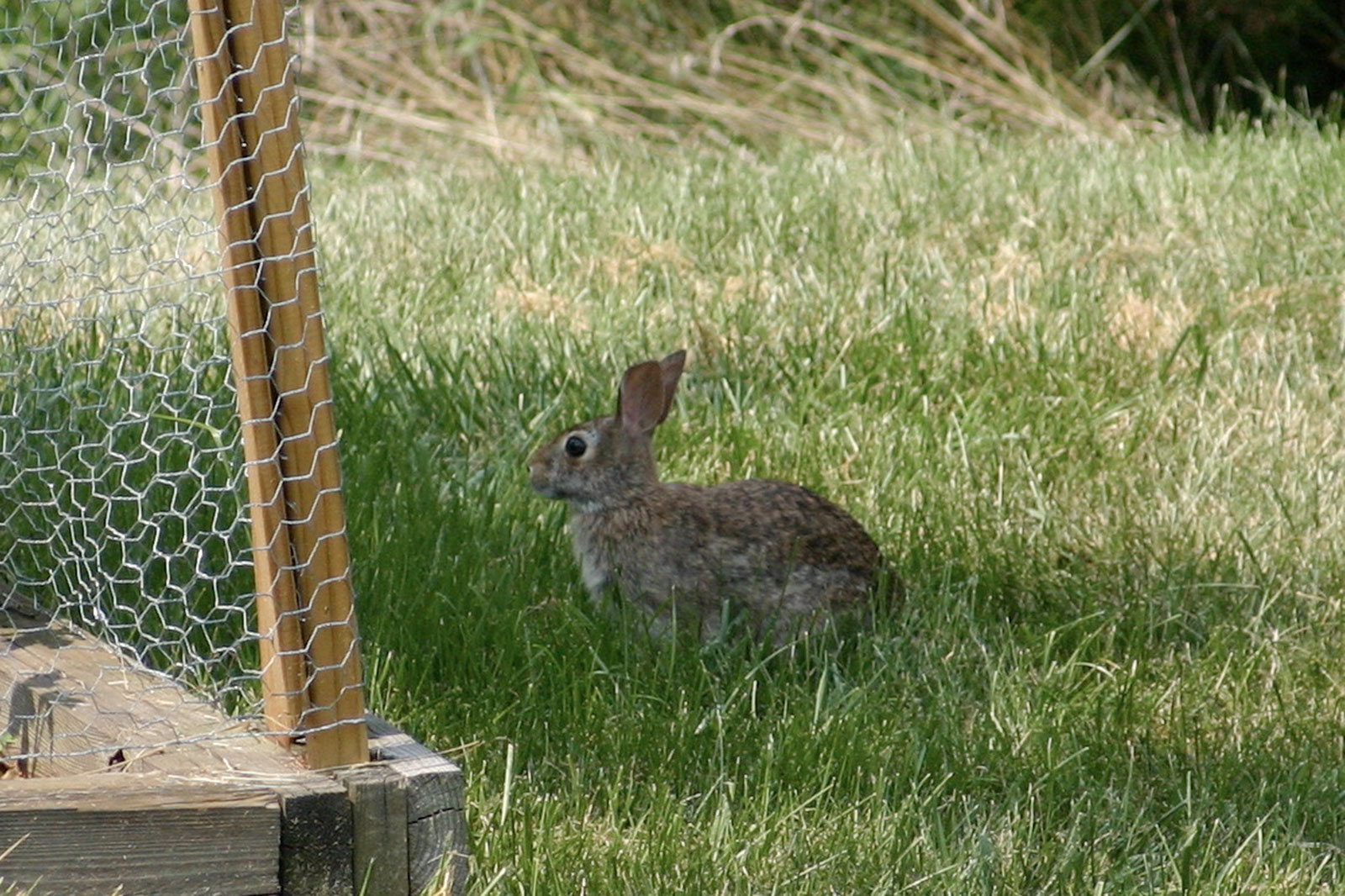
Rabbits require carefully designed fences that can keep them safe and secure. It is important to choose rabbit-friendly materials that are sturdy and safe. Suitable materials for rabbit fences include:
- Welded Wire: Welded wire is the most popular choice for an outdoor rabbit fence. It is strong and durable, making it difficult to break or chew through. It is also reasonably lightweight and easy to install.
- Chicken Wire: Chicken wire is a less expensive option, but it is not as secure as welded wire. It can easily be broken or chewed through, so it’s best used for small, contained areas.
- Wooden Fencing: Wooden fencing is suitable for an indoor rabbit fence, but not for an outdoor enclosure. It is not strong enough to contain a rabbit and can be easily chewed through.
- Netting: Netting is a lightweight, flexible material that can be used to contain rabbits. It is a good option for an outdoor enclosure, but it is not as secure as welded wire.
When choosing a fence material, consider the size of the rabbit and how much space it needs. Make sure the material is strong enough to contain the rabbit and is not easily chewed through.
Designing an Indoor Rabbit Fence
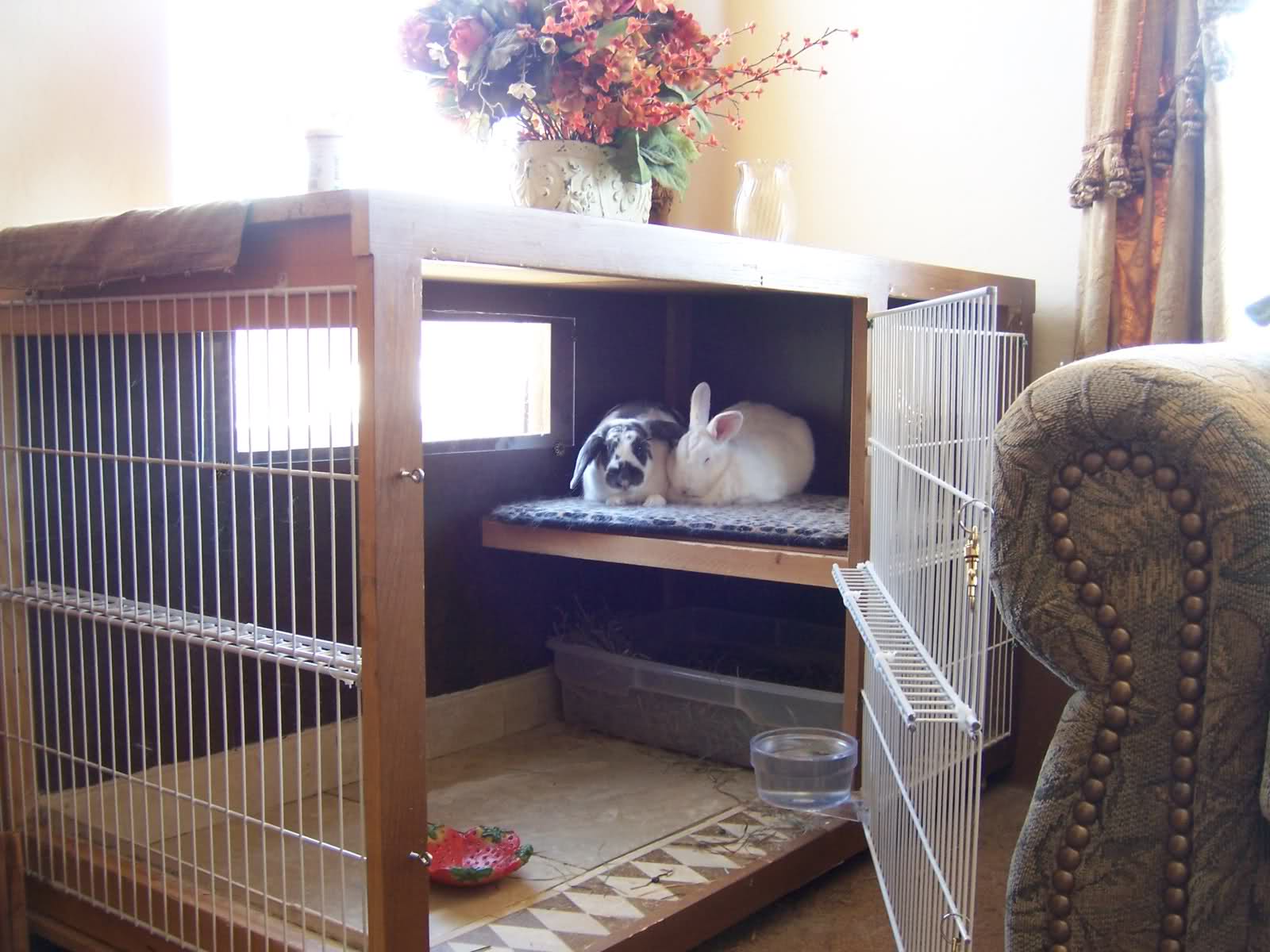
It is important to secure your pet rabbit if you are letting them roam around the house. This can be done through an indoor rabbit fence. An indoor fence can be made from many different materials, such as wood, metal, or plastic. The most important thing is that it should be tall enough to keep your rabbit from jumping over or digging under, and that it should have a secure gate or door.
Materials
| Material | Advantages | Disadvantages |
|---|---|---|
| Wood | Durable, easy to customize, can be painted | Expensive, requires regular maintenance |
| Metal | Durable, can be adapted to any size | Expensive, can be hard to install |
| Plastic | Inexpensive, light and easy to install | Less durable, may not last long |
When selecting a material for your indoor fence for rabbits, consider the size of the area you need to cover, the amount of money you are willing to spend, and the amount of time you are willing to put into the project.
Height
The height of the fence should be based on the size of your rabbit. Generally, the fence should be at least two feet high. If your rabbit is particularly large or active, you may want to opt for a taller fence.
Gates
In order to ensure your rabbit’s safety, you should include a gate in your indoor rabbit fence. The gate should be wide enough to allow you to enter and exit the enclosure easily, while also keeping your rabbit secure. Consider adding a latch to the gate to prevent your rabbit from escaping.
Conclusion
Designing an indoor rabbit fence is an important part of keeping your pet safe. Make sure to research the materials available, and select one that meets your needs. Additionally, be sure to make the fence tall enough and include a secure gate to prevent your rabbit from escaping. With the right materials and design, you can create an indoor fence for rabbits that keeps your pet safe and secure.
Installation Tips for an Indoor Rabbit Fence
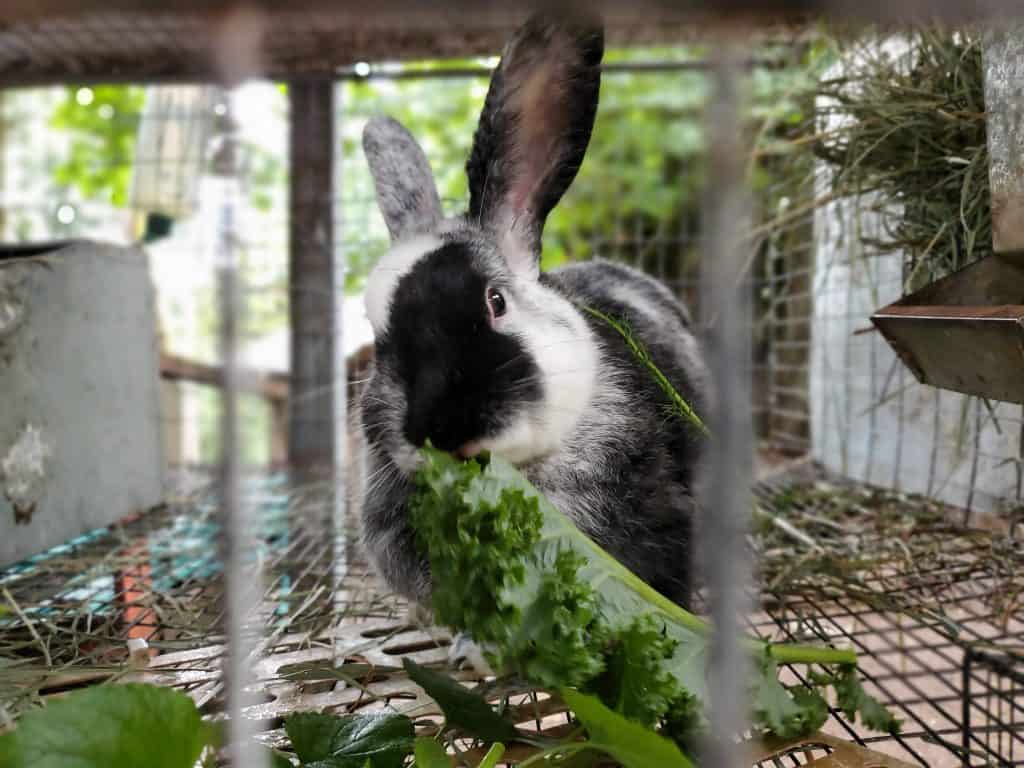
Measurement and Layout: Before installing an indoor rabbit fence, it is important to measure the area and plan the layout of the fence. Make sure to account for any obstacles, such as furniture, curtains, or walls. It is also important to consider the height and width of the fence.
Fitting the Fence: Once the measurements and layout of the fence have been determined, it is time to start fitting the fence. If the fence is freestanding, attach the panels together, making sure to secure them in place with screws. If the fence is wall-mounted, use brackets to attach it to the wall.
Safety Considerations: When installing an indoor rabbit fence, there are a few safety considerations to keep in mind. Make sure that the fence is tall enough to keep the rabbit from jumping over it. Also, check for any gaps or holes in the fence that the rabbit could squeeze through.
Final Steps: After the fence is installed, make sure to check for any loose screws or panels. Additionally, it is important to regularly inspect the fence for any wear and tear. Finally, always make sure to keep the rabbit’s area clean and free of debris.
Maintenance of an Indoor Rabbit Fence
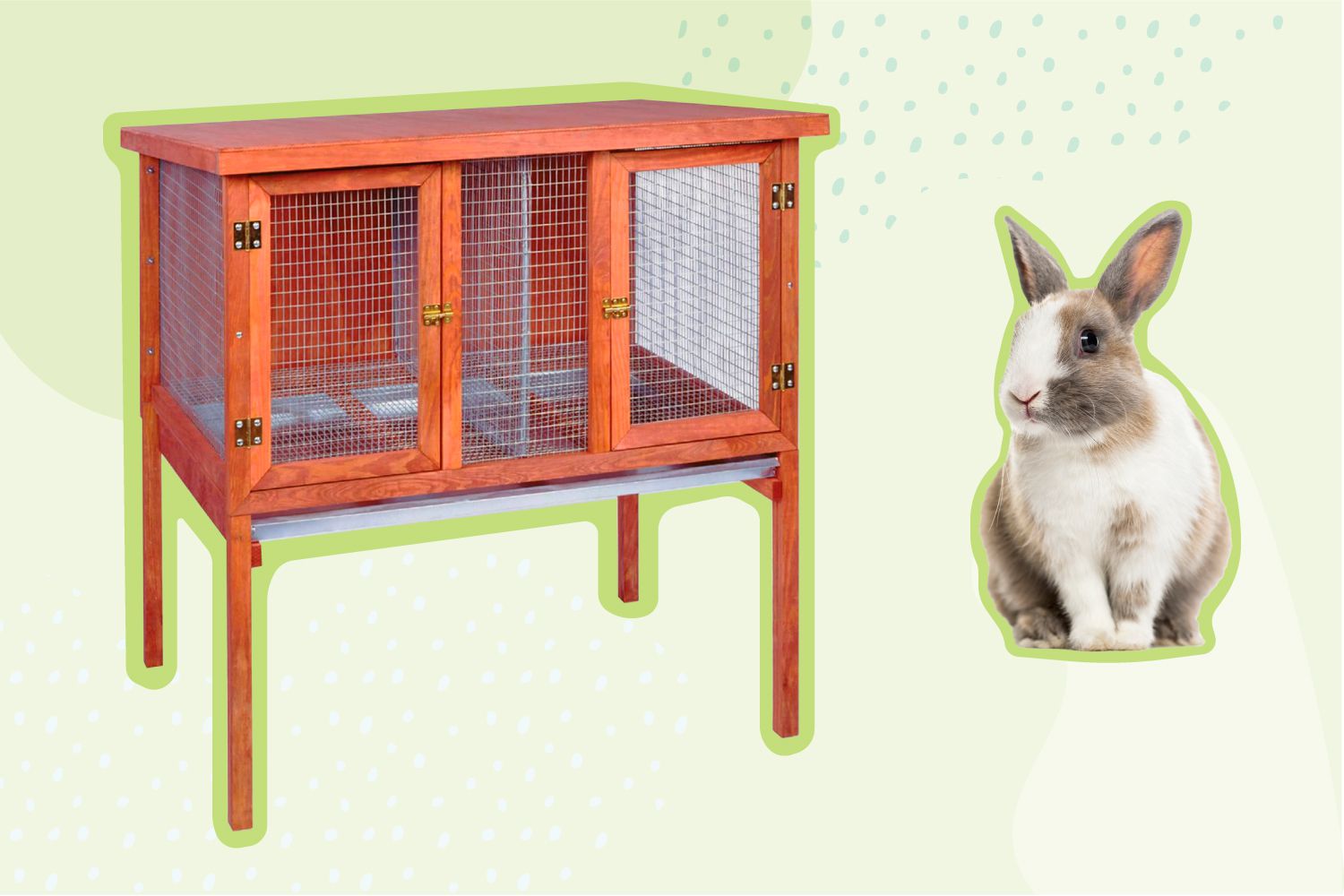
An indoor rabbit fence is an effective way to keep your pet rabbit confined to a specific area of your home. It is important to properly maintain your indoor rabbit fence to ensure the safety of your pet. Here are some tips for maintaining your indoor rabbit fence:
- Check the Fence Regularly – Check your indoor rabbit fence regularly for any signs of wear and tear, such as loose wires, broken boards, or holes. Make sure the fence is not leaning or sagging, as this can create an escape route for your rabbit.
- Keep the Fence Clean – Regularly clean the fence using a mild detergent and water. This will help keep the fence looking good and prevent debris from getting stuck in the wires.
- Secure the Fence – Make sure the fence is securely attached to the walls and the floor. This will prevent your rabbit from pushing it out of place.
- Add an Extra Layer of Protection – If you have a young rabbit, you can add an extra layer of protection to the fence by adding a mesh or wire mesh. This will help prevent your rabbit from escaping.
By following these simple tips, you can ensure that your indoor rabbit fence remains secure and safe for your pet. Regular maintenance of your indoor rabbit fence will help ensure your pet’s safety and keep them comfortable and happy in their home.
Troubleshooting Indoor Rabbit Fences
If you’ve decided to use an indoor pet rabbit fence to keep your rabbit contained, there are a few things to keep in mind in order to ensure the safety and effectiveness of the fencing.
Check the Fence is Secure
Check the fence is securely in place and that there are no gaps or weak points. If the fence moves when pushed, it may need to be secured better or replaced.
Check for Damage
Check for any damage to the fencing. It should be free from sharp edges or abrasive materials that could cause injury to your rabbit. It should also be free from chemicals or direct sunlight, which can cause the material to break down over time.
Set up Perimeter Warning Signs
Setting up warning signs around the perimeter of the fence can help to remind children, pets and other animals that the area is off limits.
Check for Escape Routes
Check the fence for any possible escape routes such as gaps, holes, or weak spots. If you find any, make sure they are covered up or filled in.
Check for Signs of Digging
Check the area around the fence for any signs of digging. Rabbits are notorious for their digging and burrowing habits, so it’s important to check for any signs. If you find any, fill in the holes or cover them up with a heavy object.
Check the Fencing on a Regular Basis
It’s important to check the fencing on a regular basis to make sure it’s secure and in good condition. This will help ensure your rabbit’s safety and also help to prevent any accidental escapes.
Additional Tips
You should also try to set up a safe area for your rabbit to play in, such as a hutch or pen, which can be used to give your rabbit some extra space. Additionally, you may want to consider providing your rabbit with some toys and activities to keep them entertained while they are contained within the indoor pet rabbit fence.
By following these troubleshooting tips, you can ensure that your indoor rabbit fence is secure and effective. This will help to keep your rabbit safe, secure and entertained.
Frequently Asked Questions
What is the Best Kind of Fence for Pet Rabbits?
The best type of fence for pet rabbits is a tall, sturdy, and secure fencing system that consists of galvanized wire mesh and a wooden or vinyl frame. The fencing should be at least 3 feet tall to prevent rabbits from jumping over it. It should also be strong enough to withstand the force of a rabbit kicking it or pushing against it. The mesh should be small enough to keep rabbits from squeezing through and should be securely attached to the frame. A locking gate is also a must to prevent unauthorized entry.
How high should a pet rabbit fence be?
The height of a pet rabbit fence should depend on the size of your rabbit. Generally, the fence should be at least 16-18 inches high and have small enough holes that your rabbit can’t squeeze through.
For smaller rabbits, the fence should be 18-24 inches. It should also have no more than a 1 inch space between the pickets or mesh.
- Large rabbits: For larger breeds, the fence should be at least 24-36 inches tall.
- Predators: If you live in an area with predators, such as coyotes or foxes, the fence should be as high as you can make it.
- Digging: If your rabbit is a digger, you may need to bury the fence at least 6 inches deep in the ground to prevent them from digging out.
Remember that the fence should also be securely attached to the ground and be well-maintained to keep your rabbit safe.
Are there any special considerations when choosing a pet rabbit fence?
When choosing a pet rabbit fence, there are several factors to consider:
- Size: Pet rabbits come in various sizes, so the fence needs to be able to accommodate the size of your rabbit. If the fence is too small, your rabbit may be able to escape. If the fence is too large, it may not provide enough protection.
- Material: Pet rabbit fences can be made from wood, metal, or plastic. Wood is the most cost-effective option, but it may not last as long as metal or plastic. Metal is more durable but can be more expensive. Plastic is lightweight, but it may not provide as much security as metal or wood.
- Design: Pet rabbit fences come in a variety of designs, from traditional picket fences to more modern designs. Choose a design that complements the aesthetic of your home and garden.
- Height: The height of the fence needs to be tall enough to keep your rabbit contained, but not too tall that it becomes a hazard. The ideal height will depend on the size of your rabbit and the area where the fence will be installed.
- Quality: Look for a high-quality fence that is durable and weather-resistant. Make sure the fence is made from non-toxic materials and is free from sharp edges or protrusions that could injure your rabbit.
When shopping for a pet rabbit fence, always make sure to read the product description and reviews carefully to ensure that it meets your needs and the needs of your pet.
Are there any particular materials that are best for pet rabbit fences?
Rabbit fences should be made of durable and safe materials that can withstand the elements and prevent escape. The best materials for pet rabbit fences are:
- Vinyl – Vinyl is a tough, safe, and weather-resistant material that is ideal for outdoor rabbit fences. It is also easy to clean and maintain.
- Wood – Wood is a natural and attractive material for rabbit fences. It is relatively inexpensive, but needs to be treated to prevent warping and rot.
- Mesh wire – Mesh wire is a common material for rabbit fences. It is lightweight, and can be configured to fit any area. However, it should be secured tightly to prevent escape.
- Metal – Metal is an extremely durable material for rabbit fences. It is weatherproof, and offers excellent protection against predators. However, it can be expensive.
When choosing a material for your pet rabbit fence, it is important to consider both cost and safety. Make sure to choose a material that is strong, secure, and able to withstand the elements.
Can Pet Rabbit Fences be used Indoors or Outdoors?
Yes, pet rabbit fences can be used both indoors and outdoors. Here are a few ways to use them:
- Indoors – Rabbit fences can be used indoors to protect your furniture and other items from being chewed on by your pet rabbit. They can also be used to cordon off specific areas of your home that you don’t want your rabbit to access.
- Outdoors – Rabbit fences can be used to keep your pet rabbit safe when they are outside. They can also be used to create a designated area where your rabbit can play and explore.
- Travel – Rabbit fences can also be used to create a secure area for your pet rabbit when you are traveling. This is especially important if you are staying in a hotel or other accommodation where your rabbit may not be welcome.
It’s important to note that when using a pet rabbit fence, you should ensure that the fence is tall enough and secure enough that your rabbit can’t jump over or dig under it. Also, it’s best to use a fence that is made from pet-safe materials and is easy to clean.
In conclusion, pet rabbit fences can be used both indoors and outdoors and can help keep your pet rabbit safe and secure.
Conclusion
Having a pet rabbit fence is essential for a rabbit’s safety and well-being. It is also important to choose the right type of rabbit fence for your pet’s environment and preferences. Whether you choose a wire mesh, plastic, or wooden fence, be sure to check its durability and sturdiness. With the right kind of fence and proper maintenance, your pet rabbit will have a safe and secure home.
